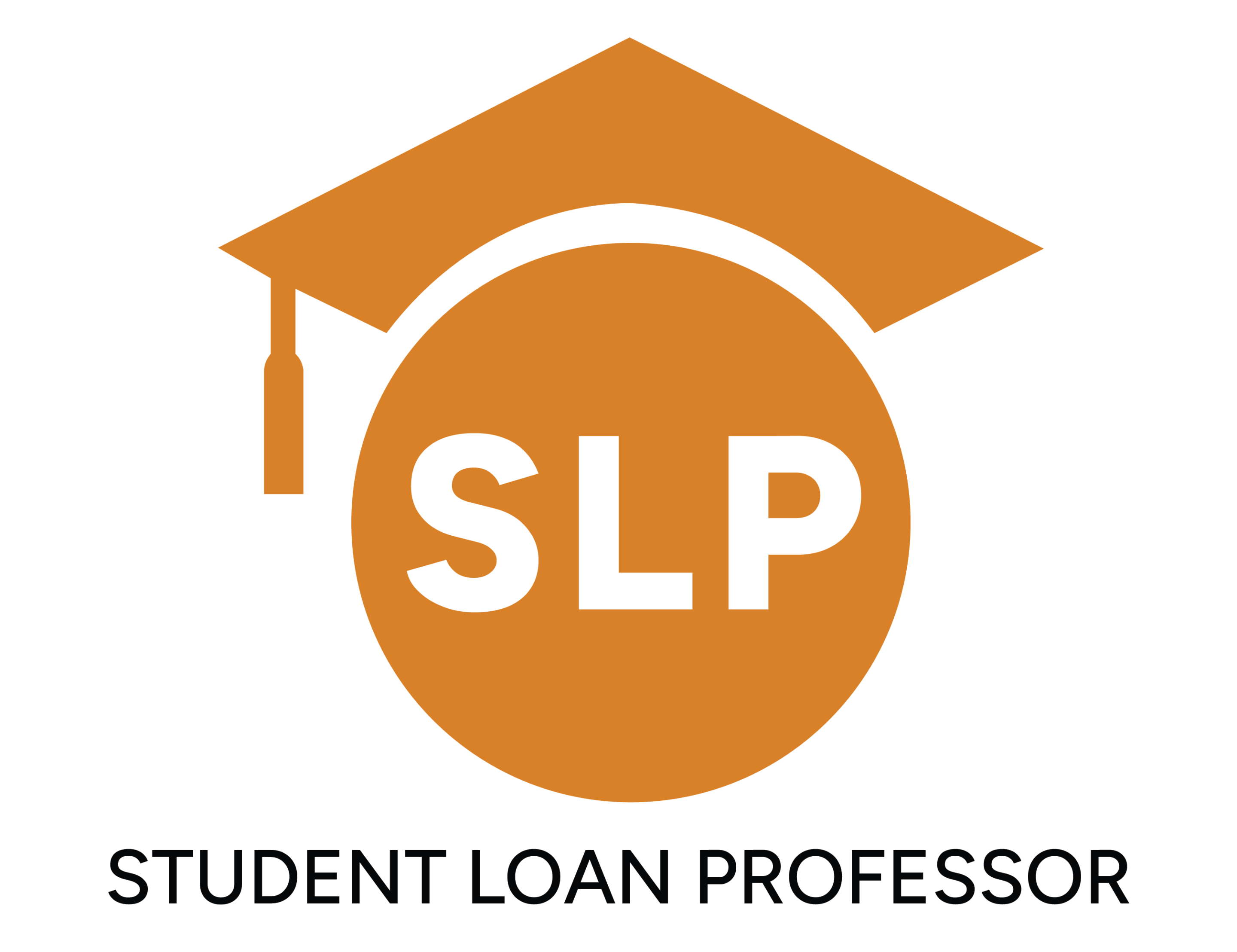Student loans provided by the Department of Education (ED) are the most common source of federal student aid in the U.S. These loans offer an affordable way for students to finance their education while offering flexible repayment options and robust borrower protections.
However, understanding the workings of these loans—from the role of loan servicers to the various repayment and forgiveness options—can be quite challenging.
Fortunately, it doesn’t have to be this way. We’ll cover the Department of Education student loan process and break down essential features, from the basics of federal student loans to actionable tips for managing your debt.
Department of Education 101: Understanding Ed Student Loans
The ED oversees the federal student loan program, ensuring funds are distributed to eligible students and setting policies to protect borrowers. It does this by offering a range of federal student loans with borrower-friendly features. These include:
- Direct Subsidized Loans: These are available to undergraduate students with demonstrated financial needs, as determined by FAFSA. A key feature of these loans is that the government pays the interest while you’re in school, during the grace period after you graduate, and during deferment.
- Direct Unsubsidized Loans: These are available to both undergraduate and graduate students regardless of financial need. However, unlike with direct subsidized loans, you are responsible for all your payable interest—which starts accruing from the moment the loan is disbursed.
- Direct PLUS Loans: These are designed to cater to graduate and professional students or parents of dependent undergraduate students. Unlike other federal student loans, PLUS loans require a credit check and typically have higher interest rates.
- Direct Consolidation Loans: These loans allow you to combine multiple federal loans into one. They typically extend your repayment term lowering your monthly payments, though this also increases your total overall interest.
Note: The Department of Education does not directly manage individual loans. It assigns loan servicers to handle day-to-day management, including payment processing and customer service.
Understanding Student Loan Servicers and Their Role
Loan servicers are companies contracted by the Department of Education to manage federal student loans on behalf of the government. Some major loan servicers you may recognize include Nelnet, MOHELA, and OSLA Servicing. Their responsibilities include:
- Processing payments: Ensuring timely application of your monthly payments to the loan balance.
- Account management: Tracking loan balances, interest accrual, and payment histories.
- Customer support: Assisting borrowers with questions about their loans, repayment options, and available benefits.
- Repayment assistance: They help borrowers select repayment plans and apply for deferment, forbearance, or forgiveness programs.
To ensure everything runs smoothly with your loan servicer, it’s important to take a proactive approach:
- Keeping your contact information up to date: Ensure your servicer has your most current address, phone number, and email to receive important updates about your loan.
- Understanding your loan terms: Familiarize yourself with your loan balance, interest rates, and repayment terms to avoid any surprises.
- Staying organized: Track all your communication and account statements. This will help you resolve any disputes or clarify issues quickly.
- Asking questions: Don’t hesitate to reach out to your servicer if you’re unsure about your repayment options or struggling with payments.
- Monitor your credit: Ensure your payments are being correctly reported to credit bureaus since errors can negatively impact your credit score.
Managing Your Federal Student Loans
The Department of Education provides several resources to help you organize and manage your loans. Here are some resources and tips to guide you:
Explore Your Repayment Options
The ED offers several repayment plans to accommodate diverse needs. Consider your income, expenses, and long-term goals, then choose a repayment option that aligns with your plans.
- Standard Repayment Plan: This offers fixed monthly payments over 10 years and is ideal if you want to pay off your loan quickly and save on interest.
- Graduated Repayment Plan: Here, payments start low and increase every two years. This is ideal if you expect your income to grow over time.
- Extended Repayment Plan: This extends your repayments up to 25 years with fixed or graduated payments. It reduces your monthly payments but increases your total interest.
- Income-Driven Repayment (IDR) Plans: These plans adjust your monthly payments based on your income and family size, making them more affordable for borrowers with limited earnings. Examples include Income-Based Repayment (IBR) and Pay As You Earn (PAYE).
Understand Grace Periods, Deferment, and Forbearance
- Grace periods: Most federal student loans offer a six-month grace period after graduation before payments are due.
- Deferment: This refers to a temporary suspension of payment, for eligible borrowers, during periods of unemployment, economic hardship, or military service.
- Forbearance: This refers to a temporary pause or reduction of payments due to financial challenges. However, interest still accrues on all loan types during forbearance.
Make Your Payments Easier and More Affordable
- Set up auto-debit: This will ensure timely payments, and can even earn you a 0.25% interest rate reduction depending on your federal student loan servicer.
- Explore IDR Plans: Income-driven repayment (IDR) plans adjust your payments based on your income and family size, making them more affordable for those with lower earnings. Examples of IDR plans include Income-Based Repayment (IBR) and Pay As You Earn (PAYE).
- Auto-renewal for IDR Plans: Once enrolled, ED will automatically retrieve your tax return information annually and recalculate your payments, saving you from submitting income documentation every year.
Manage Your Student Debt with Student Loan Professor
Managing your student loans doesn’t have to be overwhelming. With the right knowledge—or better yet, a team of student loan experts behind you—you can take control of your debt and work toward a brighter financial future.
At Student Loan Professor, we’re a dedicated team of student loan experts committed to helping student borrowers navigate and secure the best loans and repayment terms.
Get in touch with us today for expert advice, customized repayment strategies, and custom solutions to maximize savings and get you a step closer to financial freedom.
Brandon Barfield is the President and Co-Founder of Student Loan Professor, and is nationally known as student loan expert for graduate health professions. Since 2011, Brandon has given hundreds of loan repayment presentations for schools, hospitals, and medical conferences across the country. With his diverse background in financial aid, financial planning and student loan advisory, Brandon has a broad understanding of the intricacies surrounding student loans, loan repayment strategies, and how they should be considered when graduates make other financial decisions.

![An In-Depth Guide to US Education Loans [Updated For 2025] An In-Depth Guide to US Education Loans [Updated For 2025] - Blog Header Image](https://www.studentloanprofessor.com/wp-content/uploads/2025/01/An-In-Depth-Guide-to-US-Education-Loans-Updated-For-2025.webp)

![Our Honest Thoughts On Aidvantage Student Loans [For 2025]](https://www.studentloanprofessor.com/wp-content/uploads/2024/10/SLP_fallback_2-no-logo-400x250.jpg)

